Did you know that the iconic London Bridge now stands in Arizona? The bridge, completely intact, now rests in Lake Havasu City.
Known as the “Copper State” or the “Grand Canyon State,” Arizona became the 48th state to join the United States on February 14, 1912.
With a population of 7.2 million people, Arizona is the 14th most populous state in the US. It shares its borders with California, Colorado, Nevada, New Mexico, and Utah, and it encompasses a total of 113,990 sq mi (295,234 km²) of land, making it the 6th largest state in the nation.
But let’s move on from these dry facts and delve deeper into what makes this desert state so unique!
- The Origin of Arizona’s Name Remains a Mystery
- The First Europeans to Reach Arizona Were Spaniards
- Arizona Boasts One of the Best-Preserved Meteorite Craters in the World
- Arizona was Once a Part of Mexico
- The London Bridge was moved to Arizona and reconstructed.
- Only 15% of Arizona’s land is privately owned.
- The Grand Canyon in Arizona is not the world’s deepest canyon.
- Arizona has more than just the Grand Canyon.
- Arizona has forests covering 27% of its land.
- Arizona does not observe daylight savings time.
- FAQ
The Origin of Arizona’s Name Remains a Mystery

The exact origin of the name “Arizona” is still unknown, and it may remain a mystery forever. However, there are two popular theories.
The first theory suggests that the name originated from the indigenous O’odham people who called a small spring in northern Sonora “alĭ ṣonak.” When European settlers arrived, they asked the name of the area and were told the name of the spring, which eventually morphed into the name “Arizona.”
The second theory suggests that the state was named by the Basque shepherds who settled in Arizona and Sonora. In Basque, the phrase “haritz ona” means “the good oak,” which may have evolved into the name “Arizona” over time.
The First Europeans to Reach Arizona Were Spaniards

In 1539, Spanish missionary Marcos de Niza led the first European expedition into Arizona. During his travels, Marcos reportedly spotted Cibola, a great city full of riches. Although he never reached the city, he made a detailed report of his findings when he returned to Culiacán.
His report led to the famous expedition of Francisco Vázquez de Coronado, who explored the region of Arizona and reached as far as New Mexico. Unfortunately, Coronado never found the riches he was seeking.
Arizona Boasts One of the Best-Preserved Meteorite Craters in the World

The Barringer Meteor Crater, also known as the “Meteor Crater,” is one of the world’s best-preserved sites of its kind. It’s estimated that the meteor struck the Earth around 50,000 years ago, creating a crater that is 1 mile (1.6 km) wide and 570 ft (170 m) deep!
Arizona was Once a Part of Mexico
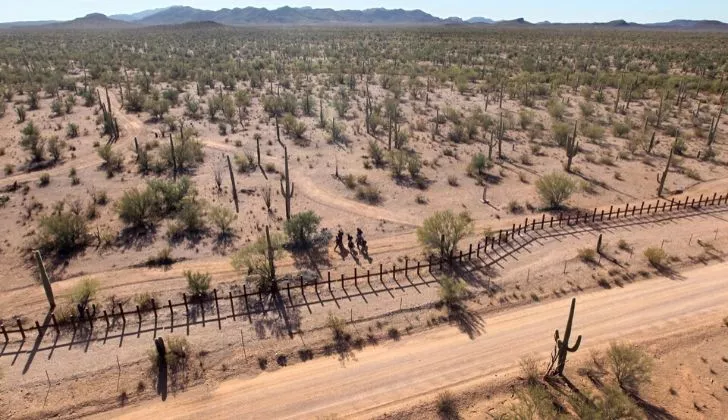
Given its proximity to the US-Mexico border, it’s not surprising that Arizona was once a part of Mexico. The area was originally colonized by the Spanish, and when Mexico gained independence from Spain, it took control of the state.
The control of the land that is now Arizona was originally held by Mexico before it was taken by the United States in 1848 due to the Mexican-American war. However, it took another 64 years for Arizona to achieve statehood.
The London Bridge was moved to Arizona and reconstructed.

The founder of Lake Havasu City, Robert McCulloch Sr, purchased the sinking London Bridge, including its lamps, and had it shipped to Arizona. The bridge was dismantled and reconstructed, and it remains a popular tourist attraction in the region.
Only 15% of Arizona’s land is privately owned.
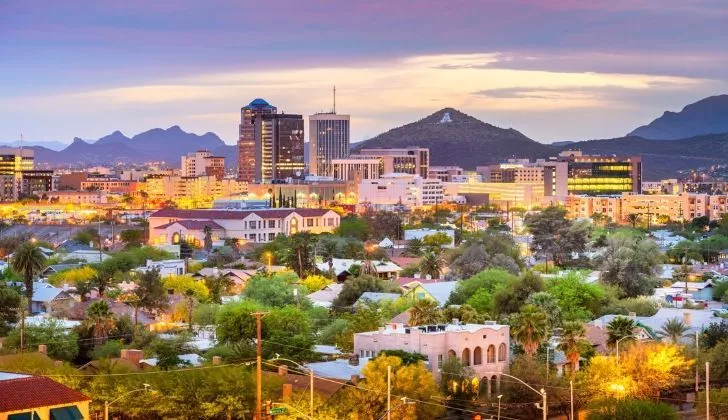
Although 15% may seem small, it still amounts to 17,100 square miles (27,360 km²) of privately owned land due to the large size of the state. The remaining land is composed of state/national parks, protected land, state trust land, and space reserved for Native American reservations.
The Grand Canyon in Arizona is not the world’s deepest canyon.
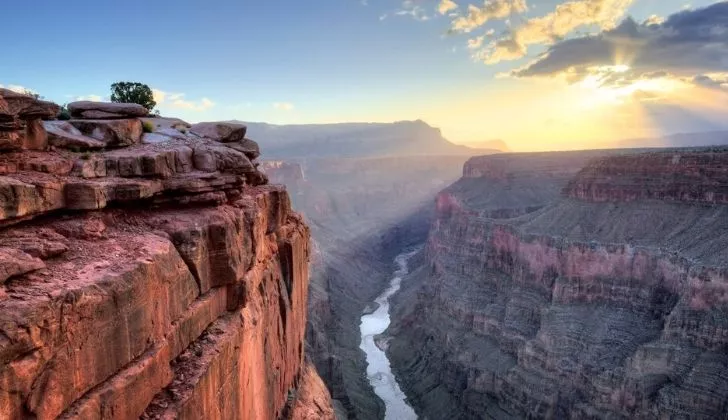
The Grand Canyon is often touted as the deepest canyon in the world, but it’s actually only 6,093 ft (1,857 m) deep. The Yarlung Zangbo canyon in Tibet may be the world’s deepest canyon at 19,715 ft (6,009 m), but there is no consensus on the definition of “deepest canyon.”
Arizona has more than just the Grand Canyon.
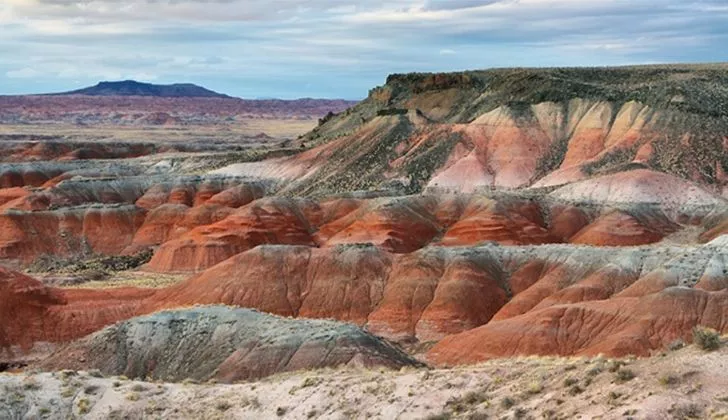
Arizona has 22 national parks and monuments, but visitors often only visit the Grand Canyon. Other notable sites include the petrified trees in Petrified Forest National Park and the dwellings carved into the canyon walls at Canyon de Chelly National Monument.
Arizona has forests covering 27% of its land.
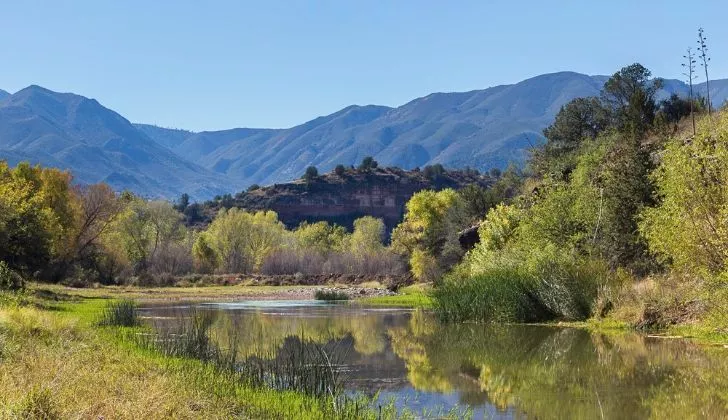
Arizona’s landscape is not just deserts and mountains; it also includes around 27% forested land, which is only 2% less than France’s amount of forested land.
Arizona does not observe daylight savings time.

Arizona is one of two US states that does not observe Daylight Saving Time, the other being Hawaii. A special request for exemption was granted to Arizona legislators, with the exception of the Navajo Nation, which still observes daylight savings. Arizona is home to 13 species of rattlesnakes, including the most venomous, the Mohave Rattlesnake, and the largest, the Western Diamond-backed Rattlesnake. The first McDonald’s drive-through was created in Sierra Vista, Arizona in 1975, due to soldiers stationed at Fort Huachuca not being allowed to appear in public in their uniform. Cutting down a Saguaro cactus, one of the most iconic cactus species native to Arizona, is a class-4 felony, punishable by up to 3 years in prison. Arizona experiences a monsoon season at the end of summer, with heavy rains, thunderstorms, and flash flooding. The climate in Arizona tends to extremes, with Phoenix, Arizona holding the record for the most days in a year over 100º F (38º C).
In the lower 48 states of America, Flagstaff, Arizona has the highest number of days below freezing, making it the opposite end of the record. Arizona is not just known for the Grand Canyon, but has much more to offer and can surprise you in many ways. However, be cautious of rattlesnakes and watch your step.
FAQ
1. What is the capital city of Arizona?
The capital city of Arizona is Phoenix, which is also the largest city in the state. It was founded in 1861 and named after the mythological bird that rose from the ashes, symbolizing the city’s rise from the ruins of the ancient Hohokam civilization.
2. Who are the indigenous people of Arizona?
The indigenous people of Arizona are many, but the most well-known are the Navajo, Hopi, Apache, and Pima tribes. They have lived in the region for thousands of years and have a rich cultural heritage that includes art, music, dance, and storytelling.
3. What is the Grand Canyon?
The Grand Canyon is a massive natural wonder that is located in northern Arizona. It is 277 miles long, up to 18 miles wide, and over a mile deep. It was formed over millions of years by the erosion of the Colorado River and is considered one of the world’s most spectacular geological formations.
4. What is the climate like in Arizona?
Arizona has a desert climate, which means it is hot and dry for most of the year. Summers can be scorching, with temperatures reaching over 100 degrees Fahrenheit, while winters are mild with temperatures rarely dropping below freezing.
5. What is the highest point in Arizona?
The highest point in Arizona is Humphreys Peak, which is part of the San Francisco Peaks mountain range near Flagstaff. It stands at 12,633 feet tall and is a popular destination for hikers and skiers.
6. What is the official state bird of Arizona?
The official state bird of Arizona is the cactus wren. It is a small, brown bird that is known for its distinctive call and its ability to thrive in the harsh desert environment.
7. What is the Arizona Diamondbacks?
The Arizona Diamondbacks are a professional baseball team based in Phoenix. They were founded in 1998 and have won one World Series championship in 2001. Their home field is Chase Field, which has a retractable roof to protect players and fans from the heat.
8. Who is the most famous person from Arizona?
Arizona has produced many famous people, but one of the most well-known is John McCain. He was a U.S. Senator from Arizona for over 30 years and ran for president in 2008. He was also a decorated war hero and a strong advocate for bipartisanship in government.

Zayn Anderson is a prolific writer with a passion for uncovering the world’s intriguing facts. Armed with an insatiable curiosity, he delves into various subjects, from history and science to nature and technology.
